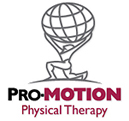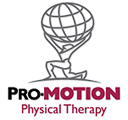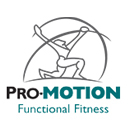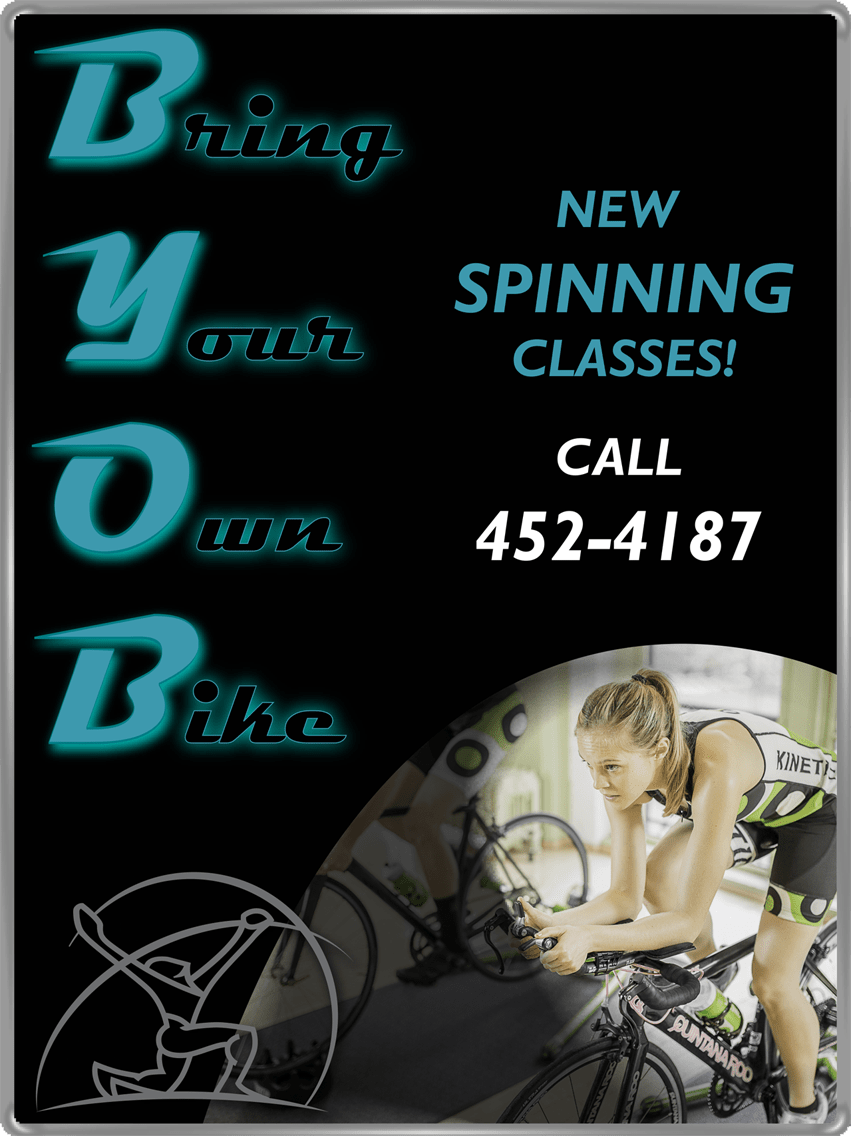FROM THE PROMOPT BLOG

Avoiding The Age Slouch:
If I were to ask you to draw an image of the elderly, what would you illustrate? The finest memory of your grandparents? A popular image of the “crotchety” neighbor? A woman in a wheelchair? A senior citizen leaning on a cane? When most of us think of those people advanced in age, there’s a tendency to image them slumped over with a cane.
This vision is the result of postural dysfunction.
What is Posture?
In most texts, you will see posture defined as the orientation of the boney segments of the body in support of specific positions such as standing, sitting, kneeling or lying. We see people and we see how they hold themselves. How we hold ourselves requires consideration of the multiple body systems that interact to create this ability. Static structural stability can enhance dynamic motion because it places the muscles, connective tissue and the joint receptor system in an optimum starting position.
What is postural dysfunction?
Posture can be assaulted by specific pathologies like scoliosis, or it can be the result of the positions we put our bodies in. Over time, our posture and positioning can put our spine, joints, and connective tissue out of balanced alignment. When this happens, muscles can be placed under excess tension, joint capsules and connective tissue can be shortened, and your body can be placed under loads that create strain.
Abnormal postures can create a variety of abnormal compensations. Proper head carriage provides an optimal platform for the eyes, jaw and vestibular system. Proper carriage of the shoulder blades facilitates normal shoulder motion. Pelvic alignment influence motion above and below it. The feet serve as the foundation for the lower extremities and pelvis. It is all connected.
Even more, we are observational creatures, and good posture is associated with confidence, intelligence, and beauty. Research demonstrates that standing with good posture literally influences your effectiveness, psychologically. Motion and emotion are tied together.
What happens to your body?
Think of your posture as a process. It is a dynamic pattern established by boney alignment, gravity, muscle tone and flexibility, reflex activity, the inner ear, your eyes and the emotions you carry around with you like a pack. Does it free you or cage you? Faulty posture may cause you fatigue, muscular strain, and, in later stages, pain.
How to Treat It?
There are a few ways to get your body back into balance. One way is using physical therapy. A physical therapist can observe your posture to determine alignment and balance. A postural exercise program works on reducing compensations and strains by aligning boney segments and restoring a more optimal load on the muscles and soft tissues. It’s also important to engage in the right kind of exercises to strengthen specific muscles and to correct body alignment.
Finally and most importantly from a preventative side, it’s a good idea to address the factors that contribute to the problem. Is it a lifestyle issue? Perhaps the way you recline in the evenings while you watch television? Is it a work issue? The way you sit in your office chair? Addressing these issues will ensure long-term success.
Bad long-terms habits can create the slouched body you see in the elderly when not addressed. Your body is a complicated system that works together for optimal function, when certain areas are compromised, it can cause other areas to compensate.
Are you looking to address some of your posture issues? Are you standing, sitting and sleeping postures creating abnormal strain? Let us know how we can help!







